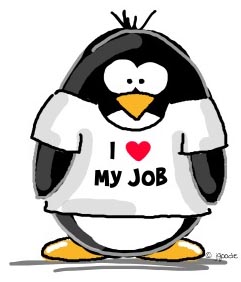 When you travel to Alberta you think of the Rocky Mountains, the wild prairies and cowboys but have you thought of the oil sands? And those tailing ponds as disgusting as BP’s oil spill? That was Corporate Ethics International’s (CEI) seemingly defamatory message placed on their billboards and online ads last summer. After reading Jocelyn Lam’s Blog on ethical advertising I was inspired to elaborate on this topic. In her blog, Jocelyn discusses ads by a company named Sisley which communicates overly explicit sexual content to their audience and is just downright inappropriate for targeting young teens and adults. However, in CEI’s campaign against oil sands it is much harder to establish whether CEI have crossed the line for ethical advertising.
When you travel to Alberta you think of the Rocky Mountains, the wild prairies and cowboys but have you thought of the oil sands? And those tailing ponds as disgusting as BP’s oil spill? That was Corporate Ethics International’s (CEI) seemingly defamatory message placed on their billboards and online ads last summer. After reading Jocelyn Lam’s Blog on ethical advertising I was inspired to elaborate on this topic. In her blog, Jocelyn discusses ads by a company named Sisley which communicates overly explicit sexual content to their audience and is just downright inappropriate for targeting young teens and adults. However, in CEI’s campaign against oil sands it is much harder to establish whether CEI have crossed the line for ethical advertising.
In opposition to the campaign, I believe that it is unjust for CEI to target the Albertan tourism industry for an issue clearly out of their responsibilities. By suggesting tourists not to go to Alberta the blow will be dealt directly to those businesses in the accommodation, entertainment and foods industries. Yet the oil industry itself would hardly be affected. This type of advertising is ineffective because their objective, to dissuade travelers from going to Alberta, is irrelevant to actually pressuring oil sand conglomerates to reduce their pollution; it is also unethical as the campaign makes the tourism industry suffer for something they are not responsible for.
However some people do support the ads in the sense that they put the Albertan government under pressure and might as a result, help with lobbying for stricter pollution controls. Furthermore it generates consumer awareness and concern over a subject matter that may have received little attention in the past.
In conclusion ethics in advertising can be gray, but the marketer’s promotional objectives may tell whether it’s for good or bad.
Information was taken from CBC’s article “Anti-oilsands ads target Alberta tourism”










